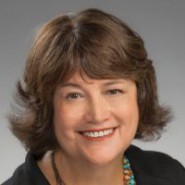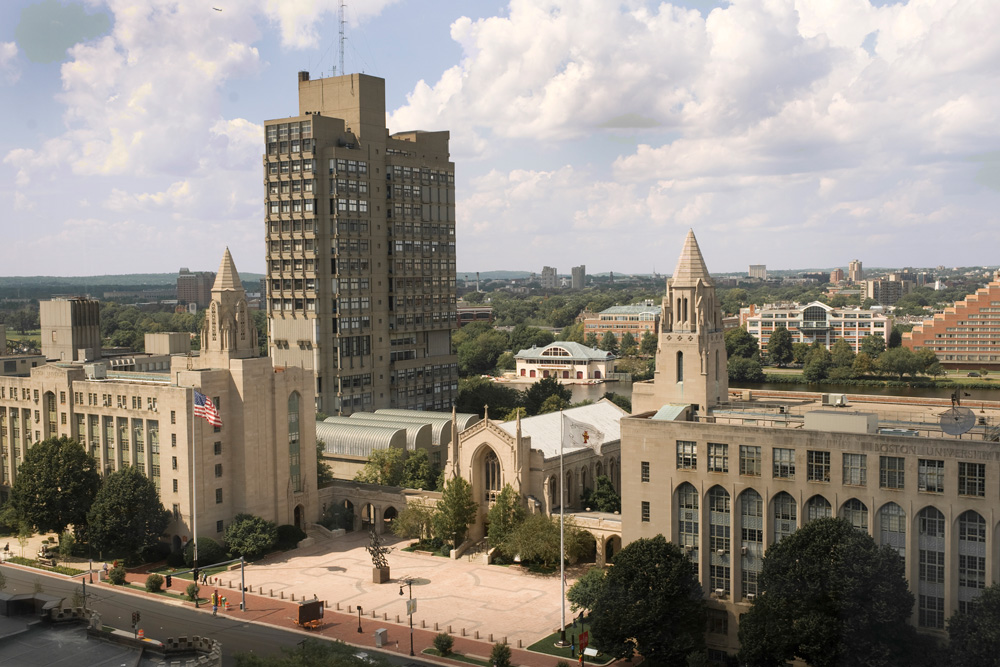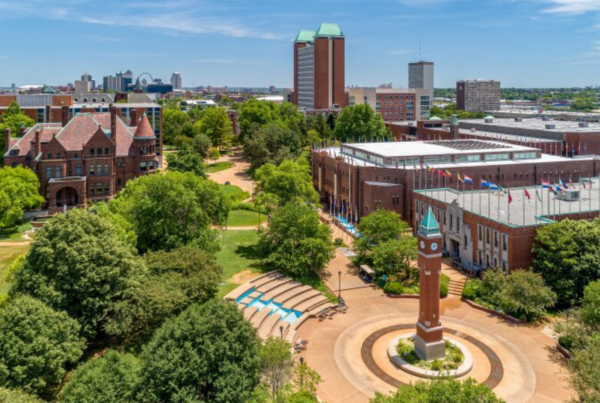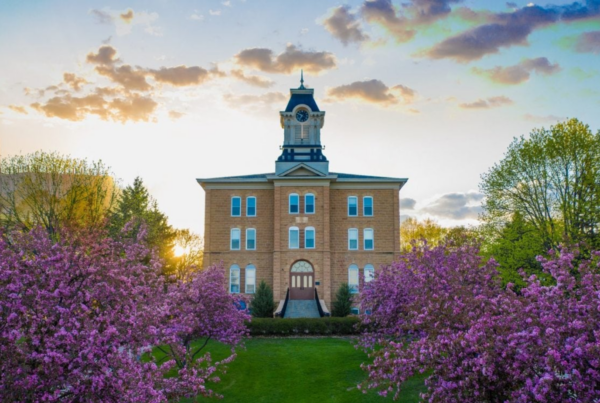 By Brenda Ward
By Brenda Ward
This week I am sharing synopses of four more campuses that we toured as part of our Boston IECA conference. I’ll begin with two Jesuit colleges and conclude with two of Boston’s most urban campuses:
Boston College
We climbed Chestnut Hill (okay, truth: we parked our car in the multi-level parking garage) and emerged on to the middle campus of picturesque Boston College. The gorgeous and “Harry Potterish” Gasson Hall was to our right with the modern O’Neill library on our left. The setting itself inspired reflection. Since we weren’t on an official tour, we made our way to the admission office and were graciously welcomed by the associate director of admission, Steven Koo. He explained to us the universality of the four tenets of a Jesuit education: 1) the strive for excellence, 2) the sharing of gifts and pursuit of justice, 3) respect for the individual, and 4) the development of the whole person. Although many students at BC come from Catholic backgrounds, students of all faiths are accepted and welcomed. BC urges students “to look inward but reach out,” and students actively engage in volunteer programs, including the popular 4Boston and Appalachia Project. Applicants apply to one of four undergraduate schools: the Morrissey College of Arts & Sciences, the Lynch School of Education, the Carroll School of Management, and the Cornell School of Nursing. Students are admitted directly into their school of choice; transferring into the Carroll and Cornell Schools is extremely difficult and rare. BC offers Early Action but not Early Decision; however, students applying to a binding ED program elsewhere may not apply EA to BC. Last year BC received 29,486 applications for 2,280 spaces—a 30% acceptance rate. Admission to Carroll is more selective. The supplemental essay is important and will be changed for the 2017 application. Did I mention sports? BC sponsors 31 D1 varsity teams and offers 44 intramural options. Every BC freshman gets a gold Superfan T-shirt!
College of the Holy Cross
A counselor from Massachusetts got excited when I told her I was heading out to Worcester to see College of the Holy Cross. She told me that the College, though lesser known than some other Jesuit schools, was a gem with dedicated professors who love to teach and mentor young men and women. “The alumni are devoted,” she said, and come back for many events, including their own weddings. In fact, a little over half of all alums are donors. This tight-knit, classic red brick New England campus sits atop a very high hill and overlooks the second largest city in Massachusetts, home to a consortium of 10 colleges. The College of the Holy Cross is the nation’s only Jesuit institution committed solely to undergraduate education; all classes are taught by full professors who also serve as mentors and advisors. Two programs bookend the Holy Cross experience: Freshmen participate in Montserrat, a full-year, living/learning experience centered around an interdisciplinary topic, and seniors prepare a capstone presentation that summarizes their educational and personal growth. Often listed as one of the top five Catholic institutions in the country (and about 80% of its students were raised Catholic), Holy Cross is known for top-notch and rigorous academics, a high graduation/retention rate, and a track record for helping its students gain entrance to medical school. Holy Cross is a member of the Patriot League with strong athletic programs, including football. Acceptance rate is 37%; test scores are optional. On-campus interviews are strongly recommended; demonstrated interest is highly considered.
Boston University
Boston University stretches for a mile and a half from Kenmore Square to Allston, with one side facing the Charles River and the other embracing busy Commonwealth Avenue. A bridge connects the neighborhood with Cambridge. Yes, BU is urban and integrated with the city, but it’s also a distinct campus with a collegiate vibe. With close to 16,000 undergraduates as well as law and medical schools, graduate programs, and important research, BU has it all. It’s one of the larger private research universities in the country and one of the top 25 funded research universities in the nation. Undergraduates can choose between 10 schools and colleges (although majors do not need to be declared until the end of the sophomore year), and there are combined degree programs for students interested in dental, medical, or physical therapy degrees. Honors programs offer exceptional opportunities for high ability students, and housing is guaranteed for four years. Because of its size and diversity, it’s hard to characterize BU students, but they seem united in support of both their men and women’s hockey teams. Last year BU received 57,000 applications for 3,500 seats with an overall admission rate of 29%. BU offers both Early Decision and Early Decision 2.
Northeastern University
Northeastern has its own stop on Boston’s “T”, and this provides an apt metaphor. Thanks to the University’s co-op program, Northeastern students are always coming and going! Students choose between a four-year program with two co-op experiences or a five-year program with three co-op experiences. And the opportunities are impressive: Northeastern boasts over 3,000 co-op partnerships, in the US as well as in all seven continents, with opportunities in every career path. Students have both an academic and co-op advisor, and the University is instrumental in making the transition off and on campus seamless. These real world experiences pay off in student outcomes: 92% of Northeastern’s 2015 graduates were fully employed or enrolled in graduate school upon earning their bachelor’s degrees. In addition, Northeastern offers 24 PlusOne accelerated master’s programs. Since 1990 Northeastern has almost doubled in size with 12 new residence halls since 1996. Accompanying the growth has been a meteoric rise in rankings, making NU highly selective with a 28% admit rate. Students may apply Early Decision, Early Action, or Regular Decision. The student body is diverse with 18% international students. Over 239 million dollars is awarded in institutional scholarships and grants.
With my last tour concluded, it was back to Logan Airport and Galin Education. Granted, I have more colleges to tour in Boston, including the two famous ones in Cambridge, but they are for another trip to what is aptly dubbed America’s college town.





